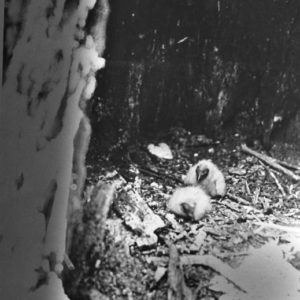 Baby Buzzards
Baby Buzzards
Entry Category: Science and Technology - Starting with B
 Baby Buzzards
Baby Buzzards
Bachman, Joseph
Bachman’s Warbler
aka: Vermivora bachmanii
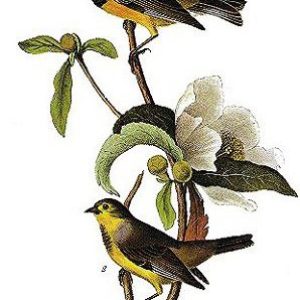 Bachman's Warbler
Bachman's Warbler
Baerg, William J.
Baker, Oliver Keith
 Baltimore Checkerspot
Baltimore Checkerspot
Banded Pygmy Sunfish
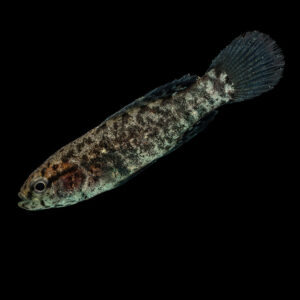 Banded Pygmy Sunfish
Banded Pygmy Sunfish
 Baring Cross Bridge
Baring Cross Bridge
 Baring Cross Bridge
Baring Cross Bridge
Baring Cross Bridge
 Baring Cross Bridge
Baring Cross Bridge
Barton, Loy
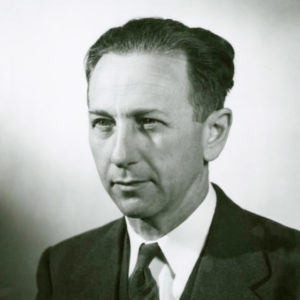 Loy Barton
Loy Barton
 Batrachochytrium salamandrivorans
Batrachochytrium salamandrivorans
Bats
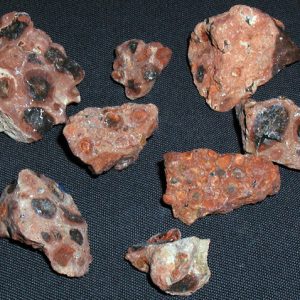 Bauxite, Official State Rock
Bauxite, Official State Rock
 Beaver Dam and Lake
Beaver Dam and Lake
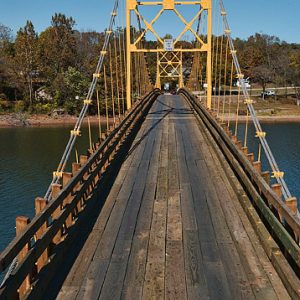 Beaver Bridge
Beaver Bridge
Beaver Dam and Lake
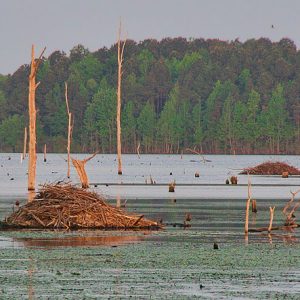 Beaver Lodges at Columbia Lake
Beaver Lodges at Columbia Lake
 Bedbugs
Bedbugs
 Beetles
Beetles
Berry, Danielle Bunten
aka: Daniel Bunten
Big Arkie
Birds
Birdwatching
aka: Birding
Black Bears
aka: Ursus americanus
 Black River Bridge
Black River Bridge
Blakely Mountain Dam
aka: Blakely Dam
aka: Lake Ouachita
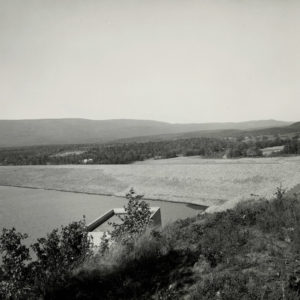 Blue Mountain Dam
Blue Mountain Dam
Blue Mountain Dam and Lake
 Bobby Hopper Tunnel
Bobby Hopper Tunnel
Bobby Hopper Tunnel
 Bobby Hopper Tunnel
Bobby Hopper Tunnel
 Bobcat
Bobcat
Bodark
aka: Osage Orange
aka: Maclura pomifera
aka: Bois d'Arc
aka: Horse Apple
aka: Hedge Apple
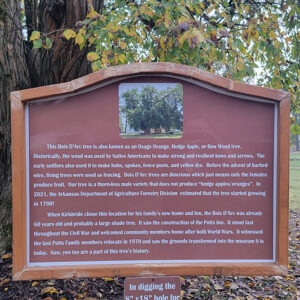 Bois D'Arc Tree
Bois D'Arc Tree
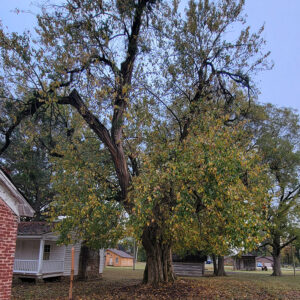 Bois D'Arc Tree
Bois D'Arc Tree
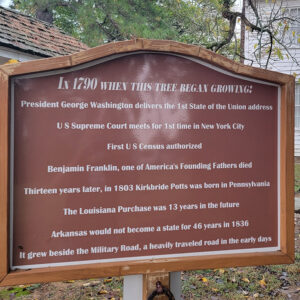 Bois D'Arc Tree
Bois D'Arc Tree
 Botanical Garden of the Ozarks
Botanical Garden of the Ozarks
Botanical Garden of the Ozarks
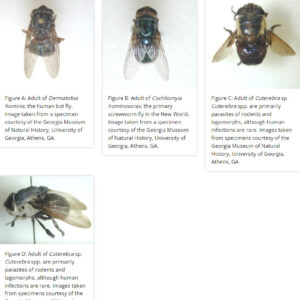 Botflies
Botflies
Bowfin
aka: Grinnell
Bowman, Malcolm Cleaburne
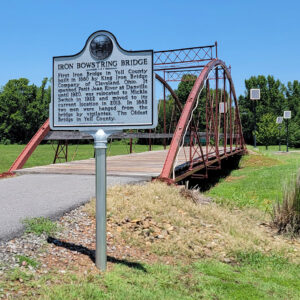 Bowstring Bridge
Bowstring Bridge
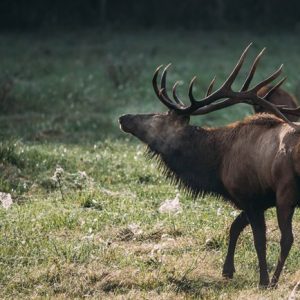 Boxley Elk
Boxley Elk




